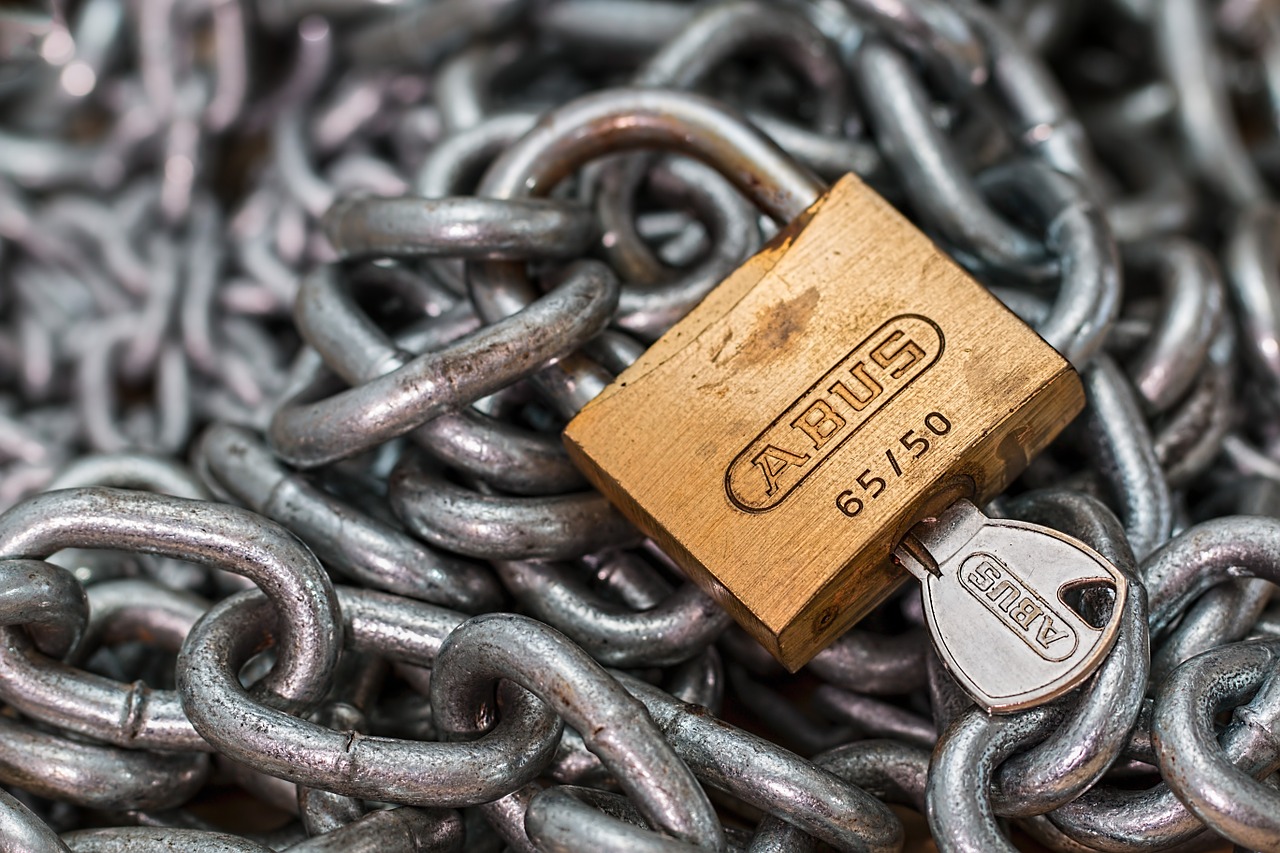Realistic setting
The project for module 6 is a multidisciplinary development project focussed on a consumer product. For this project students work for a client company. Acquintance with industry and its daily practise is a key element for the project, this includes working...
- ...with a realistic problem formulation,
- ...with a design brief of the company,
- ...towards self-defined project deliverables
Take ownership
Due to the competition in the retail market, the company requires a detailed concept a.s.a.p. Therefore, having an adequate planning is a must. Within the constraints given in the module structure and roster, the project planning is completely up to the project group:
- ...no predefined phases or activities
- ...no set deliverables or assignment
- ...just the briefing and the timeline
- ...the rest you need to figure out yourself!
Project timeline
Kick-off
General introduction of the module, the courses, assessment, timeline. Furthermore, for the project the company will be introduced and groups will be formed.
Design Agency Day
The Design Agency Day marks the start of the module and your first meeting as a multidisciplinary project team. During this afternoon, you will form your own design agency: defining who you are as a team, what you stand for, and how you’ll work together.
Elevator pitch (3 December)
You present your concepts and receive feedback from the company within 10 minutes. Based upon this feedback you should be able to make a decision for one of the concepts and commence the detailing and engineering phase. Each groups has 5 minutes available for their pitch and 5 minutes for feedback.
Deadline definition deliverables and project plan
In this assignment, your team defines and structures the deliverables and project planning for your company project. Together, these form the foundation of your design proposal and demonstrate how you will achieve your stated purpose.
Deadline mid-term peer review
In this module we use non-anonymous peer review. This enables you to assess your group members on several aspects of cooperation. Each project member will receive the feedback. Your individual feedback scores give you (and your group members) the possibility to start a discussion on how to improve personal skills and group interaction.
Deadline interactive document
The interactive document has all information that is required to explain the developed product concept and the realisation thereof. It also provides quick (demand-driven) access to the design rationale behind the concept and the decisions that are made. This website can be regarded as an example of an interactive document.
Deadline digital representation
A concise, self-explanatory digital version of your project for the company to review in advance. This representation can really be anything (slides, video, animation, infographic, exploded view, flyer, excel sheet…). However, the company has only 1 minute per project group to review this digital representation. So please, choose something that you think really conveys your aim/project.
Deadline final peer review
In this module we use non-anonymous peer review. This enables you to assess your group members on several aspects of cooperation. Each project member will receive the feedback. Your individual feedback scores give you (and your group members) the possibility to start a discussion on how to improve personal skills and group interaction. The results will be taken into account at grading your project assignment.
Project wrap-up
The project wrap-up is where the company sees your results. It is a pitch set-up (i.e. a fast-paced exhibition of design proposals). Your pitch must convince the company and your peers (the 'competing design agencies') of the quality and uniqueness of your work. Based upon these pitches, the company will select the winner(s).
Project exam (27 Jan - 30 Jan)
The project exam is a meeting during which a project group presents the project results in an oral presentation and is questioned by at least two examiners. Ideally, the tutor of the project group is one of the examiners. In total this project exam is scheduled for 4 lecture hours: time for presentation is 30-45 min, time for discussion is approx. 2,5 hours, the remaining part is used to communicate the marks and reflect. Please note that the company itself has no influence on these marks, nor does the university has an influence on the assessment of the company.
Project characteristics

Meet practice
The goal of the module is to introduce students to the complexities involved in the development of consumer products in practice. You will be confronted with a large variety of subjects that collectively play a role in a development trajectory that is representative and typical for a consumer product. As multiple disciplines play important roles in the development of consumer products, the entire development cycle - from portfolio analysis, via market research to the presentation of mock-ups and manufacturability - is relevant. Mind you, there is no pre-defined list of what you should and shouldn’t do, nor is there a process description of what should be done when. Following practise, each project group based upon their collective experience from previous projects is expected to deal with the large degree of freedom and corresponding responsibility in managing your project on your own. Consequently, as a project team you need to prioritize, decide, argument, reflect and argue your project and the corresponding results.

Teamwork
To emphasise the realistic setting, you collaborate in multi-disciplinary project groups resembling competing design bureaus. Each project group ideally consists of nine students, with approx. equal distribution over the ID, IEM and ME backgrounds. Besides having a joint responsibility for the project results, you will also have individual responsibilities in the other module components. As an independent member of the project group, you will have the responsibility to effectively and efficiently allocate the time available. To obtain the best possible project results, each student needs to contribute from his/her own field of expertise. It, however, also implies that not each student can be involved all the time. Consequently, you need to carefully plan activities in such a way that every student has substantive input. Within the module, you work in project groups of approx. nine students each. All ‘free’ time in the time table is actually meant to spend on the project. Besides this non-scheduled time, both the Tuesday and Thursday afternoons are scheduled for project work and/or project related workshops.

Keep it confidential
To be ahead of competition, your group needs to think in an innovative manner, and out-of-the-box. In all communication, confidentiality is important. Make sure that competing groups and other outsiders remain unaware of developments (unless otherwise stated). Confidential topics can be discussed with your tutor without reticence, as he/she acts as a representative of the company.
Contact with company

Canvas Q&A
There is an opportunity to ask questions to the company representatives every week. Each group will be able to ask questions in a Canvas Discussion. The discussions will close each Thursday at 15:00, so make sure to send in your questions in time, or you will have to wait untill the week after! The answers from the company will appear in the discussions.

Kick-off
The core of this part is the briefing of the assignment from the company. Adjecent to this there will be a Q&A session. You are strongly advised to used this contact moment wisely. After this briefing you should be able to plan and jumpstart your project. Since you have a large degree of freedom and responsibility to define and shape your project/ deliverables, you should use this contact moment to gather as much information as possible.

Elevator pitch
You present your concepts and receive feedback from the company. Each groups has 5 minutes available for their pitch and 5 minutes for feedback. Based upon this feedback you should be able to make a decision for one of the concepts and commence the detailing and engineering phase. You should also be able to process this feedback into the deliverables. There is a workshop dedicated to preparing the pitch and feedback, dates and signup will be communicated via the project canvas page.

Project wrap-up
The project wrap-up is where the company sees your results. It is a pitch set-up (i.e. a fast-paced exhibition of design proposals). Your pitch must convince the company and your peers (the 'competing design agencies') of the quality and uniqueness of your work.
First, each group will pitch their proposal to part of the clients and peers. Then, the best groups will get the opportunity to pitch their product once more for all company representatives, peers and UT staff. Based upon these pitches, the company will select the winner(s).
